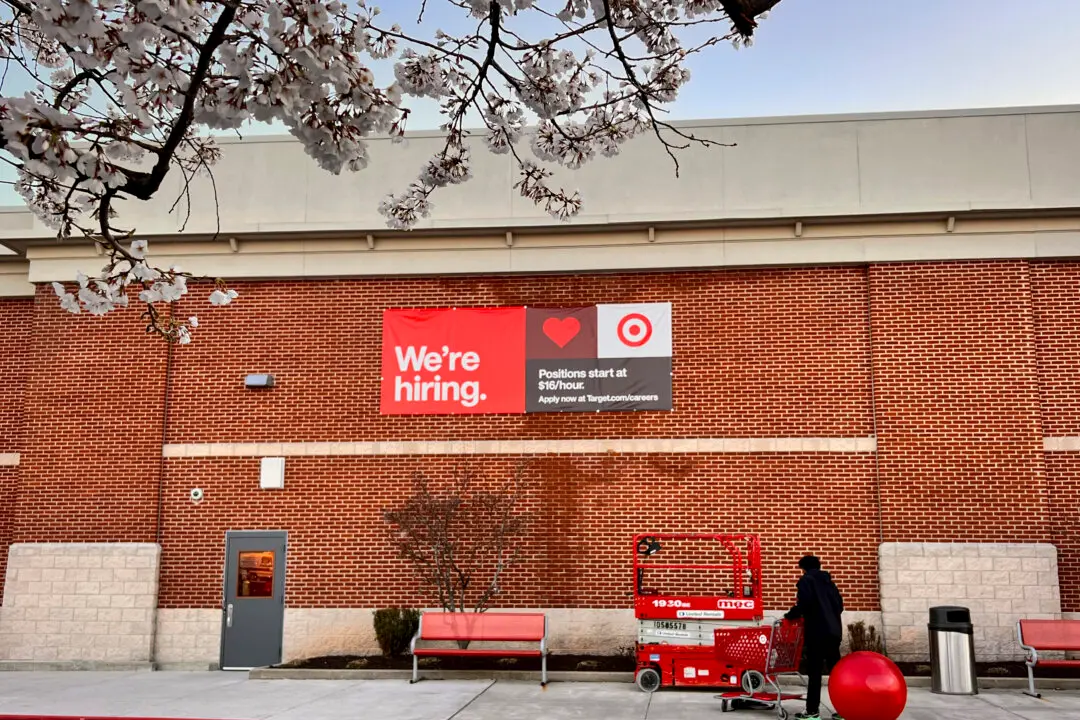A key inflation metric that Federal Reserve Chair Jerome Powell says is “the most important category for understanding the future evolution of core inflation” remains stubbornly high ahead of the U.S. central bank’s likely policy pivot this month.
Supercore inflation—a price measurement of services excluding food, energy, and housing—rose 0.3 percent in August, the largest monthly increase in four months. It was also up 4.5 percent from a year ago, and it has doubled from levels observed before the coronavirus pandemic, according to financial data company Bloomberg Finance’s tracker of CPI supercore inflation.





